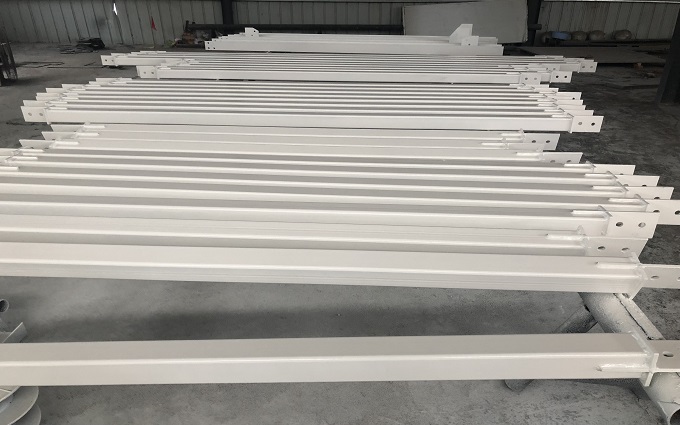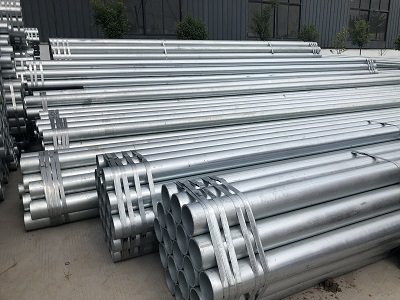Advantages and Disadvantages of Prefabrication
What is Prefabrication? Advantages and Disadvantages of Prefabrication

Benefits of Prefabrication
1. Alleviate labor shortages:
It is already difficult for contractors to find labor, but construction is still required. As on-site construction continues to be fragmented, it will reduce labor productivity more. Therefore, prefabrication helps companies speed up timelines, make full use of on-site labor, improve efficiency, and succeed in the market.
2. Cost-effectiveness:
The cost of transporting partial components from the factory is also lower than the cost of moving pre-production resources to each site. In addition, as labor efficiency increases, the costs associated with labor decrease.
3. Save time:
Time is money in engineering, and prefabrication will help you save more construction time.
4. Quality control:
Factory tools can provide additional quality assurance instead of repeating construction on site. The uniform factory indoor environment eliminates most weather effects on manufacturing, while simplifying the manufacturing and production process and improving the safety of the work site overall.
5. Reduce environmental impact:
Accelerating the production of parts off-site reduces emissions and work interruptions. This can protect nearby wetlands or protected areas and minimize disturbance to local flora and fauna. The controlled dry environment of modular structures saves water consumption and allows for the recycling of waste and other materials. In addition, fossil fuel consumption plummets as on-site traffic is reduced and transportation is simplified.
6 Better security:
By shortening the time frame of the construction site, it also reduces the time that the site is vulnerable to vandalism or robbery.
7. Flexibility:
Modular structures are easy to disassemble and move to various sites. This greatly reduces the need for raw materials, minimizes resource consumption and reduces time overall. Modular construction also allows for versatility in structural design, allowing for an unlimited number of possibilities. Since prefabricated building units can be used in a variety of spaces, their aesthetics can be combined with almost any form of architecture.
8. Reduced Site Interruptions:
There is much less truck traffic, machinery and material suppliers around the final construction site because several parts of the building are completed in the factory.
Thus, the disruption of the traditional workplace, which is subject to noise, emissions, waste and other common irritants, is minimal.
This structured design approach provides a more efficient productivity environment and eliminates unnecessary interruptions and disruptions typical of construction sites.
Advantages of Prefabrication
a. Prefabrication technology offers several advantages such as energy efficiency revisions, minimum waste and inspection, efficient construction, speed of work, protection, sustainability and quality.
b. The need for formwork, shuttering and scaffolding is significantly reduced due to the use of self-supporting ready-made components.
c. The construction time is thus reduced, thereby reducing labor costs.
d. The amount of waste materials is reduced relative to on-site construction.
e. Shortened construction time so that the investment capital can be recovered earlier.
f. Construction guarantees strict adherence to building codes and excellent quality assurance.
g. High performance with quality control and factory sealing.
h. Prefabrication sites can be located where skilled labor is more readily available and reduce costs for labor, electricity, materials, space, and overhead.
i. Prefabrication allows for year-round construction regardless of weather (related to overcooling, overheating, rain, snow, etc.).
g. Less material waste in buildings.
k. Regardless of climatic conditions.
l. Safety and worker comfort are higher in off-site construction.
Finally, let's look at the disadvantages of building prefabrication.
Disadvantages of prefabrication
a. Leakage is prone to occur at the joints of prefabricated parts.
b. For huge prefabricated parts, transportation costs can be high.
c. In order to ensure affordability through prefabrication, production needs to be increased.
d. Initial construction costs are high.
e. Initial production of the design is very time-consuming.
f. Large prefabricated parts require heavy cranes and precision measurements from handling to on-site positioning.
g. Local employment rates are affected because less labor is required.
h. Modular building design and construction requires a high degree of cooperation between project parties, especially architects, structural engineers, and manufacturers.
i. Prefabricated buildings generally depreciate faster than standard site-built homes.
RELATED NEWS
- Efficient Canopy Structures: Enhancing Gas Station Functionality and Aesthetics 2024-07-05
- Gas Station Construction Budget: How Much Does It Cost to Build a Gas Station? 2024-07-04
- Eight Key Factors in Aluminum-Magnesium-Manganese Roof Design 2024-07-04
- What Are Roof Purlins? What Are the Principles of Roof Purlin Layout? 2024-07-03
- Characteristics of Hangar Tents 2024-07-03
Categories
Latest News
Contact Us
Contact: Mr.Lu
Phone: +86-51668601029
E-mail: hbktech@163.com
Whatsapp:86+15152106218
Add: 1412, Building 2, Vanke Huaihai Xintiandi, Block 3, Quanshan District, Xuzhou City, Jiangsu Province
